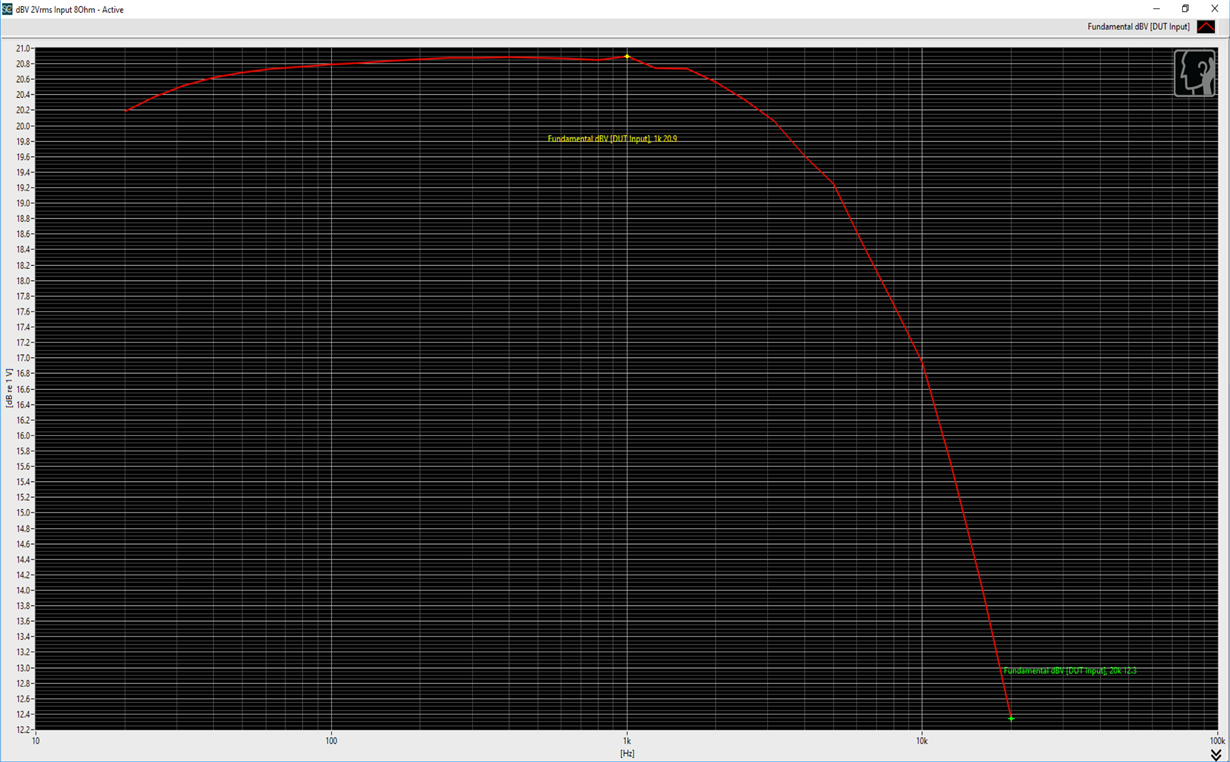Other Parts Discussed in Thread: TAS5707,
I am having trouble setting up my 5707EVM and producing an output with an analog input. I have connected JP4 to ADC and shunted JP2 & JP3 near the RCA inputs. I am not even sure if I am supposed to shunt JP2 & JP3 but think I saw it in another post. The literature for setting this up is very unclear.
I have setup the following:
1) Installed GDE & run application, go to 5707 tab
2) connect USB
3) power on 5V supply
4) power on 24V supply
5) connect target
6) unmute volume & set to 0dB
7) measure input voltage = 500mVrms
8) measure output voltage = 0Vrms
This passage from section 3 of 5707EVM User Guide is really confusing. Any help would great.





